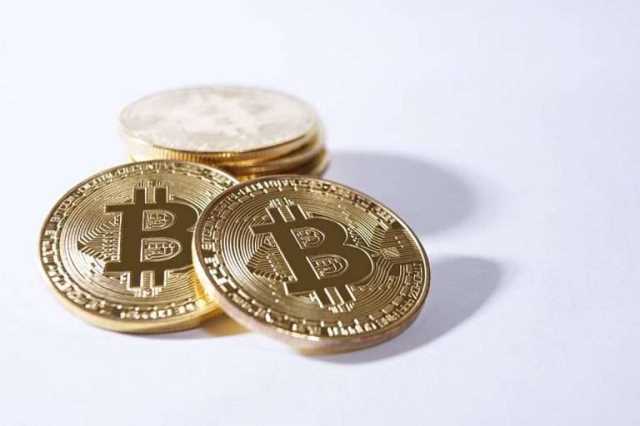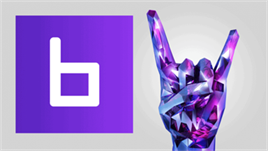Blockchain in Cryptocurrency: Beginner Guide and Career Outlook

IoT platforms might have a lot less security and management problems if blockchain technology is used70. People, medical researchers, and healthcare providers can all benefit from developing a website that keeps track of personal information, records health data, and offers users dependable access to data71. By enabling correct data viewing, blockchain technology also provides this benefit. Information exchange between healthcare entities was one of the most significant responsibilities during the global COVID-19 outbreak. Research regarding the benefits and drawbacks of the epidemic may now be conducted more quickly due to the increased worldwide connectivity and data available. A wide range of COVID-19 research challenges can be investigated and resolved using high-level sources from global data collection.
A Manifesto for Healthcare Based Blockchain: Research Directions for the Future Generation
Transactions are typically secured using cryptography, meaning the nodes need to solve complex mathematical equations to process a transaction. But today more than 100,000 artists in the organization have their copyrights digitally represented and can trade or sell those rights at publicly listed market prices on Algorand’s blockchain. The artists can give permission to use their songs in certain cases while retaining the copyrights. Much of Micali’s work occurred long before the rise of modern cryptocurrencies and hype around blockchain. In the case of verifiable random functions, Micali says he knew they’d be useful somehow, but couldn’t figure out the application. Perhaps the most profound facet of blockchain and cryptocurrency is the ability for anyone, regardless of ethnicity, gender, location, or cultural background, to use it.
- Blockchain technology serves as a powerful tool in fostering transparency and accountability in the utilization of AI algorithms (Zhou et al. 2024).
- To understand why the proof of work model needs computers to work so hard, we first have to understand how the other parts of blockchain technology operate.
- Enhanced data sharing between healthcare providers increases the probability of achieving an accurate diagnosis and enhances the effectiveness of therapy.
- Blockchain technology helps prevent fraud by providing a secure and transparent way to track and verify transactions, ensuring that only legitimate claims are paid161.
- This software can store the specifics of every P2P transaction, including those in a database.
- Smart contracts can automate various processes in healthcare, such as patient consent, insurance claims, and medical record sharing.
- Theoretically, a decentralized network, like blockchain, makes it nearly impossible for someone to make fraudulent transactions.
Higher Accuracy of Transactions
This innovative approach effectively improves FL performance while ensuring data privacy and scalability. It surpasses the limitations of single chain blockchains and conventional consensus methods, providing a robust solution for the evolving needs of decentralized ML. Institutional and healthcare collaboration (IFL) occurs securely by sharing model updates on the blockchain, enabling accurate predictions from diverse data.
- In their paper Kumar et al. (2021a, b), the authors present a framework integrating DL and Blockchain for decentralized data learning in the context of Lung cancer prediction.
- Early in the pandemic, COVID-19 vaccine delivery was challenging because the system infrastructure lacked integrity, immutability, and audit framework (Hamze 2021; Musamih et al. 2021).
- Bitcoin’s PoW system takes about 10 minutes to add a new block to the blockchain.
- Classification is another type of supervised learning problem in which the goal is to predict the category class or label of an input.
- You can think of a blockchain as a train consisting of multiple carriages connected in a line, where each carriage contains an amount of data.
- In healthcare, NN-MO (Cui et al. 2018) can be used to predict various health-related outcomes at the same time, such as patient vitals, disease progression, or treatment reactions that occur.
Motivations of the study
AI safeguards medical information confidentiality, while blockchain analyzes large datasets for critical insights. Research shows these technologies significantly enhance privacy and security in EHR and PHR records. DLT layer A https://www.tokenexus.com/ decentralized ledger technology Layer (DLT) is a network of users, or nodes, that share and manage a database of records. It is tampered-resistant, and encryption methods are used for the safe and secure storage of any data.
4 Blockchain architecture
This technology makes it possible to ensure transparency and protect the financial information and identity of crypto buyers and sellers. For all of its complexity, blockchain’s potential as a decentralized form of record-keeping is almost without limit. From greater user privacy and heightened security to lower processing fees and fewer errors, blockchain technology may very well see applications beyond those outlined above. Because of this distribution—and the encrypted proof that work was done—the information and history (like the transactions in cryptocurrency) are irreversible.
Alex Shalek named director of the Institute for Medical Engineering and Science
The method showed similar accuracy to the baseline and significantly improved resource utilization, enhancing system scalability and efficiency. In contrast, GCFL (Graph with Coordinator FL), as presented by Ying et al. (2023), merges FL with a DAG blockchain to minimize data redundancy and facilitate seamless data exchange across devices. GCFL introduces a Two-Phase tips selection consensus algorithm, which significantly reduces resource usage and enhances stability compared to traditional FL systems.

The Bitcoin blockchain collects transaction information and enters it into a 4MB file called a block (other blockchains use different size blocks). Once it is full, certain information is run through crypto and blockchain articles an encryption algorithm, which creates a hexadecimal number called the block header hash. A blockchain is somewhat similar because it is a database where information is entered and stored.
As we know blockchain’s transactions are cryptographically linked, resulting in a tamper-resistant record of data exchanges (Funk et al. 2018). The immutability of blockchain data makes it extremely difficult for malevolent people to change or manipulate records without detection (Bathula et al. 2022a, b). Furthermore, blockchain’s decentralized architecture removes one point of failure and lowers the danger of unwanted access, enhancing the overall resilience of data storage and management systems (Noveck 2011). Because of both technologies’ complementary qualities, combining AI with blockchain is critical for improving data security in healthcare and other domains (Lu et al. 2021; Ali et al. 2023).
